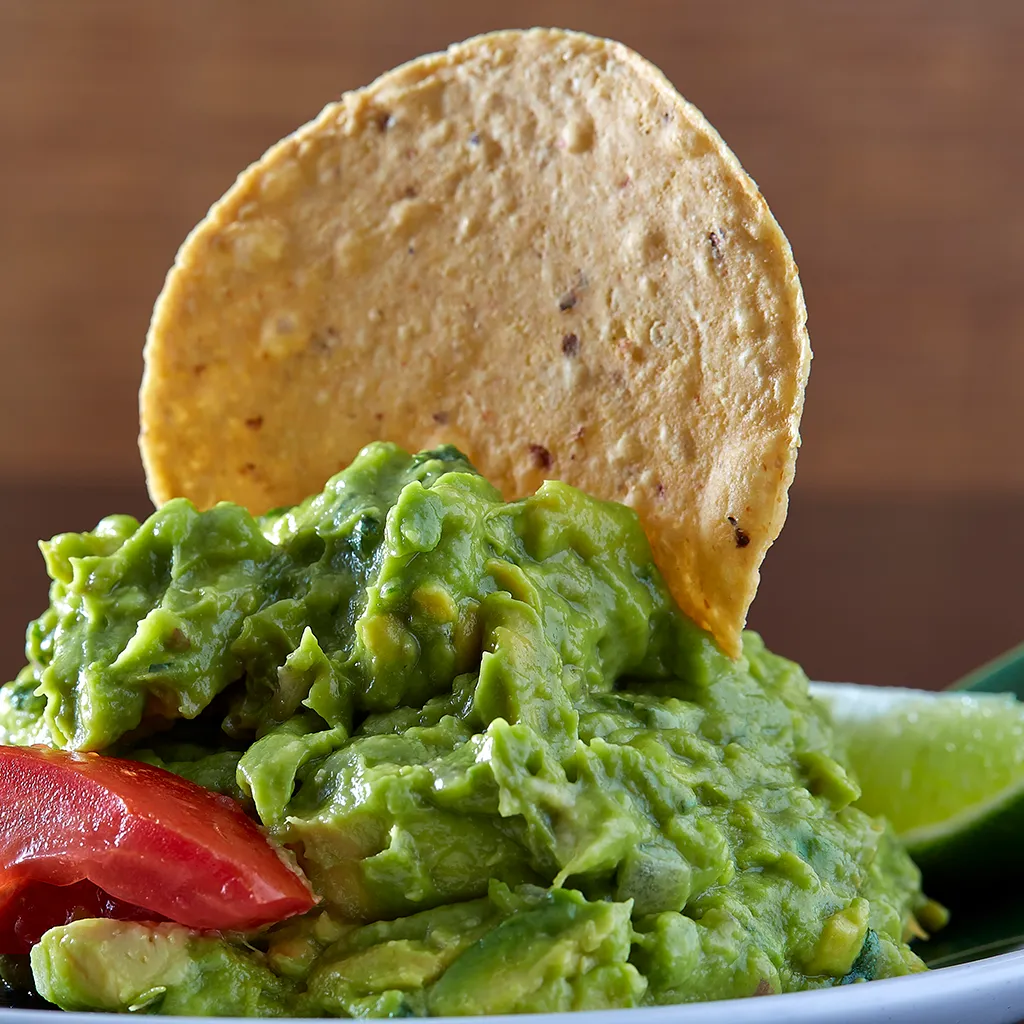Tracing the Decades of Tex-Mex Cuisine Evolution
When you think about Tex-Mex cuisine, you might picture sizzling fajitas or cheesy enchiladas, but there’s so much more to its story. This fusion of Mexican and American flavors began its journey in the late 19th century, evolving through decades of cultural shifts and culinary experimentation. From the humble beginnings to its explosion in popularity, each era has contributed unique influences that continue to shape what you enjoy today. What’s surprising is how modern trends are redefining these classic dishes, inviting new flavors and techniques into the mix. Curious about how this evolution unfolds?
Origins of Tex-Mex Cuisine
Tex-Mex cuisine has its roots in the late 19th century, when Mexican and American cultures began to intertwine. As settlers moved into Texas and interacted with local Mexican communities, they brought their culinary traditions with them.
You’ll notice that Tex-Mex is a delicious fusion of flavors, blending classic Mexican dishes with American ingredients and cooking techniques.
One of the first signs of this culinary evolution was the use of beef, which became a staple due to the abundance of cattle in Texas. While traditional Mexican fare often focused on pork and poultry, you’ll find that Tex-Mex embraced hearty beef dishes, such as fajitas and chili con carne.
Corn tortillas also underwent a transformation, becoming thicker and more robust to hold up to the heartiness of these new fillings.
The introduction of cheese, particularly cheddar, marked another significant shift, creating a richer, creamier experience. Spices and seasonings adapted, too, with American tastes influencing the heat levels in dishes.
This blending of cultures and cuisines set the stage for what would become a beloved culinary tradition, paving the way for the future popularity of Tex-Mex food.
1940s: The Birth of Popularity
During the 1980s, Tex-Mex cuisine exploded in popularity across the United States, capturing the taste buds of many. You could find vibrant Tex-Mex restaurants popping up in cities from coast to coast, each offering a unique take on classic dishes. Burritos, nachos, and fajitas became household names, transforming the way Americans thought about Mexican food.
The rise of Tex-Mex in this era was fueled by a growing appreciation for bold flavors and colorful presentations. You might remember how restaurants embraced larger portions and family-style dining, making meals a communal experience. This trend attracted diverse crowds, uniting people who craved the fusion of Mexican and American culinary traditions.
Television shows, cookbooks, and food magazines also played an essential role in promoting Tex-Mex cuisine. You could see popular chefs showcasing Tex-Mex recipes, making it accessible to home cooks everywhere.
The convenience of fast-casual dining options made it even easier for you to indulge in your favorite dishes on the go.
1970s: Fusion and Innovation
The 2000s marked a thrilling era of fusion and innovation in Tex-Mex cuisine, as chefs began to experiment with traditional recipes and bold new ingredients. You saw tortillas filled with everything from grilled shrimp to Thai peanut sauce, pushing the boundaries of what Tex-Mex could be.
This decade celebrated creativity, with many establishments showcasing their unique spins on classic dishes. You might’ve noticed the rise of gourmet tacos, featuring unexpected ingredients like kimchi or duck confit.
As chefs embraced local and seasonal produce, you experienced a fresh take on familiar flavors. Avocado and jalapeño became staples in unexpected combinations, while artisanal salsas and handmade tortillas gained popularity.
Additionally, the influence of global cuisines became evident. You could savor Tex-Mex dishes infused with Asian, Mediterranean, and even African elements. This fusion not only delighted your palate but also opened your eyes to the versatility of Tex-Mex.
Restaurants began to prioritize quality, emphasizing fresh ingredients and innovative techniques. As you dined out during this time, you witnessed the transformation of Tex-Mex cuisine into a culinary art form, reflecting the diverse cultural landscape of the region.
1990s: Mainstream Acceptance
As the 2010s rolled in, Tex-Mex cuisine began to enjoy a surge in mainstream acceptance, capturing the attention of food lovers across the country.
No longer confined to border towns or family gatherings, this vibrant fusion of flavors started appearing on menus from coast to coast.
You might’ve noticed some key trends contributing to this rise:
-
Food Trucks: Gourmet food trucks featuring Tex-Mex dishes gained popularity, making it accessible to a wider audience.
-
Craft Cocktails: Bars began pairing Tex-Mex meals with innovative cocktails, enhancing the dining experience and attracting a younger crowd.
-
Social Media: Platforms like Instagram provided a visual feast, showcasing colorful dishes that were hard to resist, prompting more people to seek out Tex-Mex cuisine.
-
Celebrity Chefs: Renowned chefs began to highlight Tex-Mex in their restaurants, elevating its status and introducing it to fine dining.
With these developments, Tex-Mex food transformed from niche to mainstream.
You found yourself enjoying it not just at casual spots but also at upscale venues, marking a significant evolution in its appreciation.
2000s: Healthier Twists
Amid growing health consciousness in the 2020s, Tex-Mex cuisine adapted to meet the demands of a more health-focused diner.
You’ve probably noticed how traditional recipes have been reinvented to emphasize fresh ingredients and lighter options. Chefs began swapping out heavy sour cream for Greek yogurt, adding a protein boost while reducing calories. Instead of frying, they experimented with grilling and roasting, giving dishes a smoky flavor without the excess fat.
Vegetables became stars in their own right, with dishes featuring roasted poblano peppers, zucchini, and seasonal greens. You might find salads topped with grilled shrimp or chicken, all drizzled with tangy lime vinaigrette. Whole grains, like quinoa and brown rice, replaced white rice in burritos and bowls, offering more fiber and nutrients.
Even beloved classics like tacos and enchiladas saw transformations. Corn tortillas were filled with grilled fish or lean meats, topped with fresh salsa and avocado, making them lighter yet still satisfying.
As you explore Tex-Mex in this new era, you’ll appreciate how these healthier twists not only cater to your wellness goals but also keep the vibrant flavors that make this cuisine so irresistible.
Modern Trends in Tex-Mex
Tex-Mex cuisine is experiencing a vibrant renaissance, driven by a fusion of tradition and innovation.
You’ll find chefs creatively blending classic flavors with contemporary techniques, resulting in exciting new dishes. Modern Tex-Mex embraces fresh ingredients, unique presentations, and global influences, making the dining experience far more than just a meal.
Here are some trends you might want to explore:
-
Plant-based Options: Many restaurants are introducing innovative vegetarian and vegan dishes, showcasing ingredients like jackfruit and cauliflower as meat alternatives.
-
Craft Cocktails: Mixologists are elevating the beverage menu with artisanal margaritas and creative twists on traditional drinks, incorporating local spirits and fresh juices.
-
Street Food Influence: Food trucks and pop-ups are celebrating the essence of Mexican street food, offering tacos, elotes, and more in a casual setting.
-
Global Fusion: Some chefs are experimenting by fusing Tex-Mex with other cuisines, like Korean or Indian, creating dishes that surprise and delight.
With these modern trends, Tex-Mex isn’t just evolving; it’s thriving, inviting you to discover new favorites while honoring its rich heritage.
Conclusion
In tracing Tex-Mex cuisine’s evolution, you can see how it’s transformed over the decades, blending rich cultural influences and innovative flavors. From its humble beginnings to its mainstream acceptance, each era has added unique twists—whether through healthier options or global fusions. Today, Tex-Mex continues to adapt, inviting you to explore its vibrant dishes and flavors. So, the next time you enjoy a plate of nachos or tacos, remember the journey that brought them to your table.




